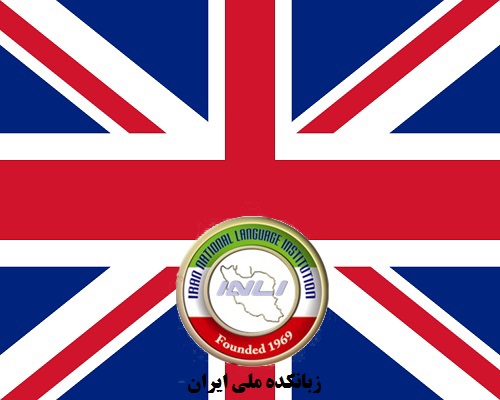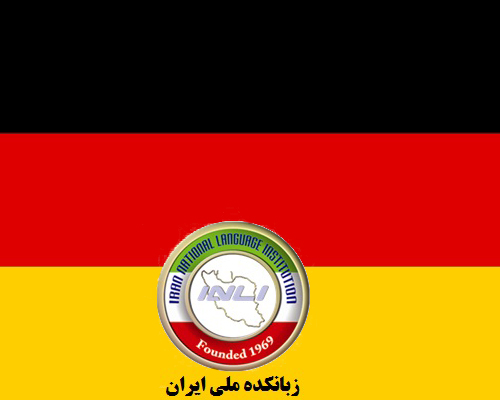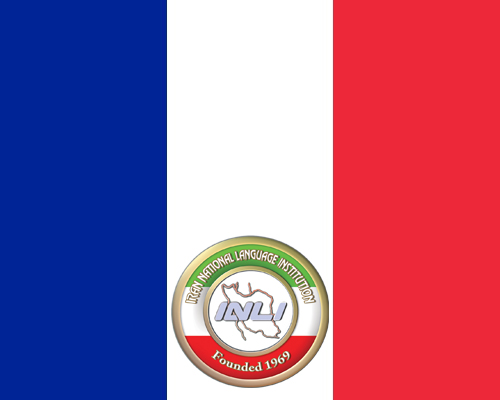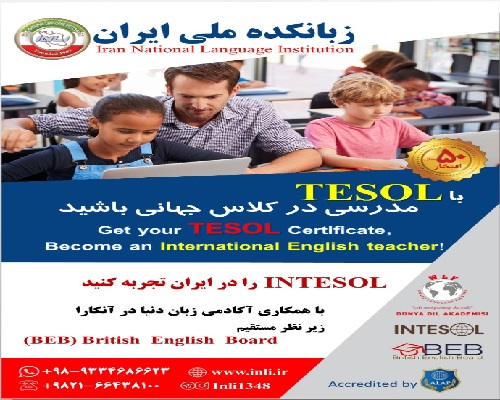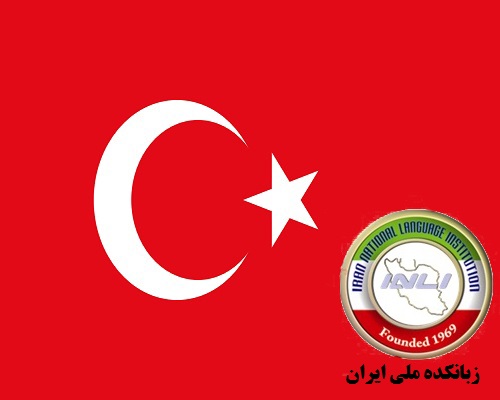
An Overview of Flyers
Flyers is aimed at students aged between 10 and 12. The average age of Flyers candidates is 11.
Listening
About 25 minutes/ 25 items
There are five parts. Each part begins with a clear example. All the texts are heard twice.
|
Number of items |
Expected response/ item type |
input |
Main skill focus |
|
|
5 |
Match names to people in a picture by drawing a line |
Picture, names and dialogue |
Listening for lexical items and phrases |
Part 1 |
|
5 |
Write words or numbers |
Gapped text and dialogue |
Listening for information and numbers / spelling |
Part 2 |
|
5 |
Match pictures with information by writing letters in box |
Picture sets and dialogue |
Listening for detailed information |
Part 3 |
|
5 |
Select one of the three pictures by ticking box |
3- option multiple- choice pictures and dialogues |
Listening for specific information |
Part 4 |
|
5 |
Colour, draw and write |
Picture and dialogue |
Listening for lexis and specific information |
Part 5 |
Reading & Writing
40 minutes/ 50 items
There are seven parts, each starting with a clear example.
|
Number of items |
Expected response/ item type |
Input |
Main skill focus |
|
|
10 |
Match words to definitions by copying the word |
lexical sets of nouns and definitions |
Reading and understanding definitions |
Part 1 |
|
7 |
Write yes/ no next to the sentences |
Picture and sentences |
Reading and understanding sentences |
Part 2 |
|
5 |
Select the best response by writing the appropriate letter |
Short dialogue with multiple responses |
Reading and identifying appropriate utterances |
Part 3 |
|
5 |
Copying the missing words correctly, then select the best title for the story from a choice of three |
Cloze text with missing words (nouns, adjectives and verbs) supplied |
Reading and completing a gapped text with one word |
Part 4 |
|
7 |
Read the story then complete the gapped sentences by writing 1, 2, 3 or 4 words into each sentence |
Short text with gapped sentences |
Reading and understanding a story and completing sentences about the story |
Part 5 |
|
10 |
Copying the missing words correctly, then select the best word from a choice of three |
Cloze text with a 3- option grammatical multiple choice |
Reading and completing a gapped text with one word |
Part 6 |
|
5 |
Write one word in each gap ( no word supplied) |
Open cloze ( no missing word supplied) text |
Reading and completing a gapped text with one word |
Part 7 |
Speaking ( need to be checked)
7- 9 minutes/ 4 parts
This takes the form of a one- to- one exchange. The language used by the examiner is based on and controlled by a script.
|
Expected response/ item type |
Input |
|
|
Identify six differences in candidate's pictures following statements made about examiner's picture |
Greeting and name check ( unassessed); two similar pictures and oral statements describing differences between the two pictures |
Part 1 |
|
Ask and answer questions about two people, objects or situations |
One set of facts and one set of question prompts |
Part 2 |
|
Describe each picture in turn in order to tell the story |
Picture sequence which tells a story |
Part 3 |
|
Answer personal questions |
Open- ended questions about the candidate |
Part 4 |


